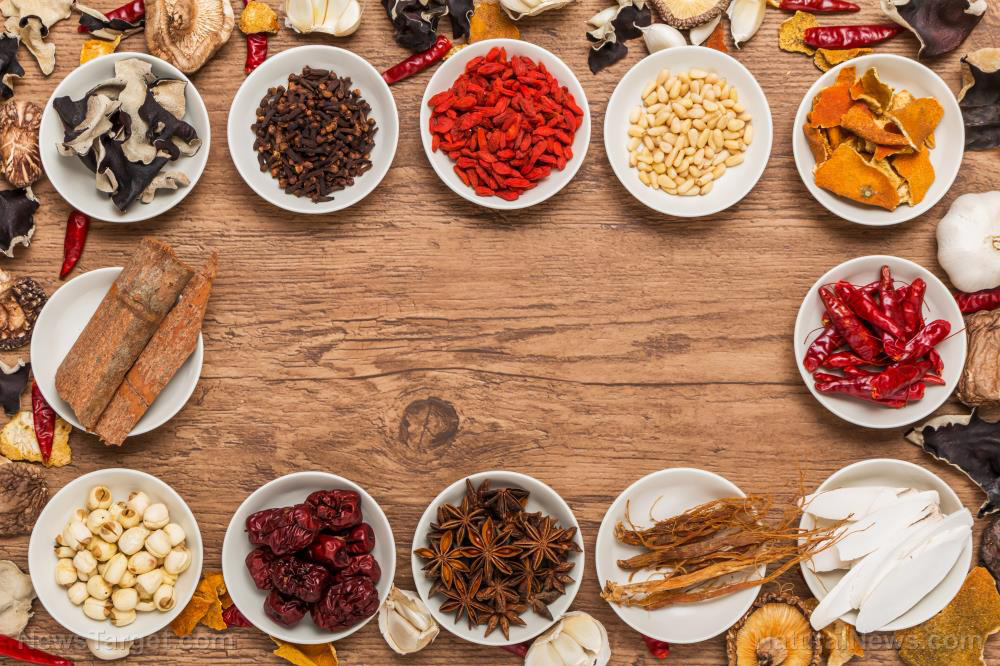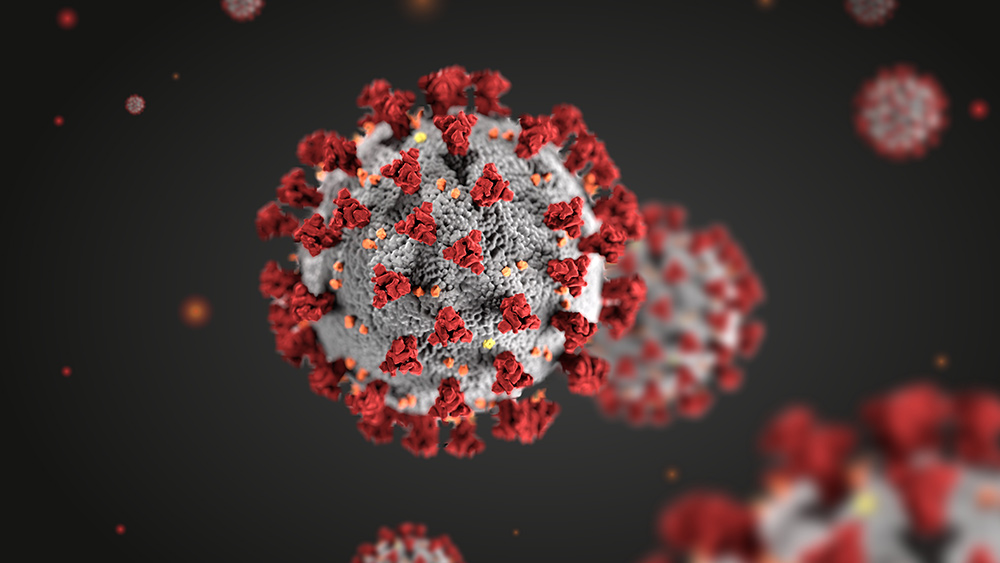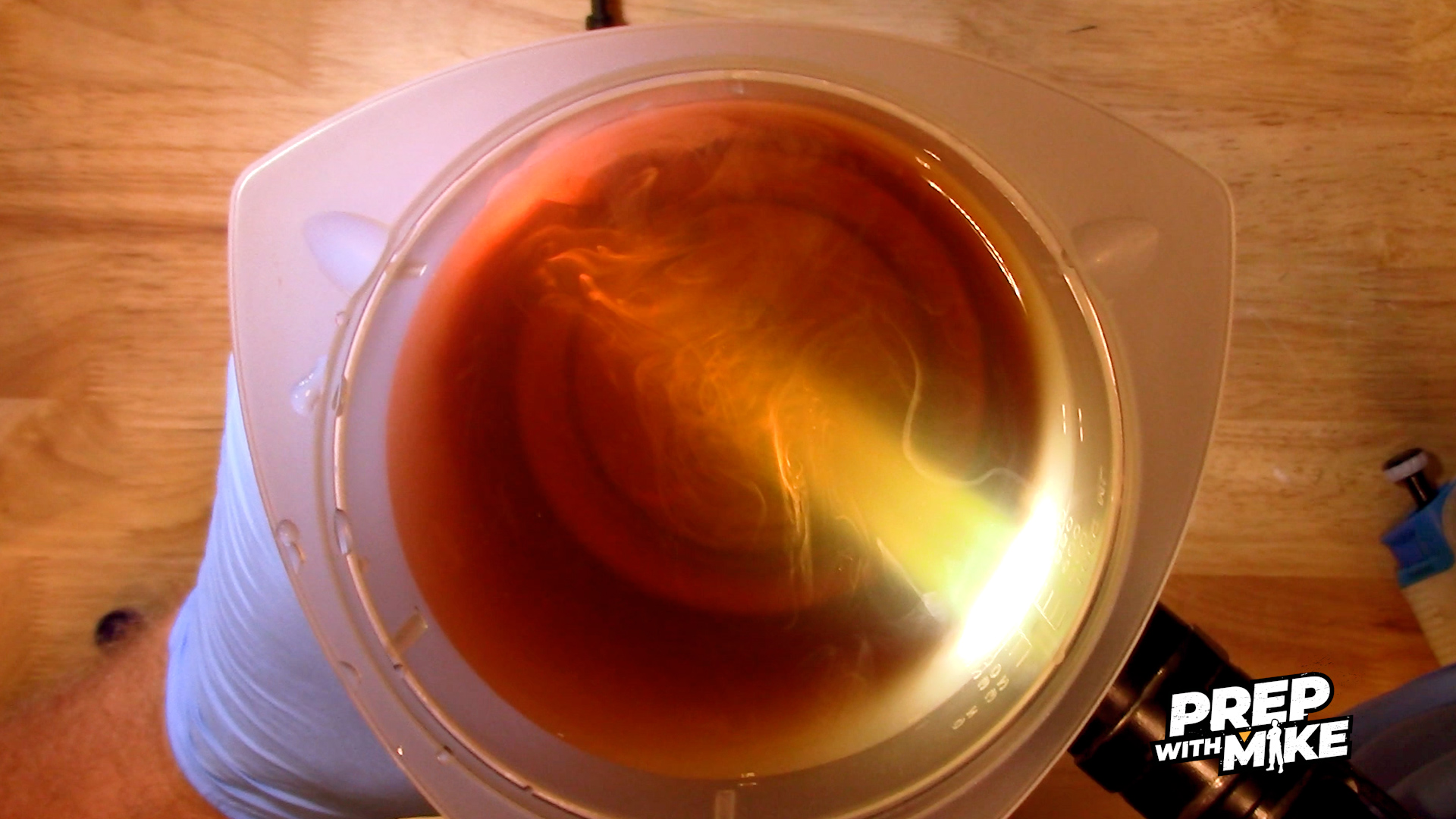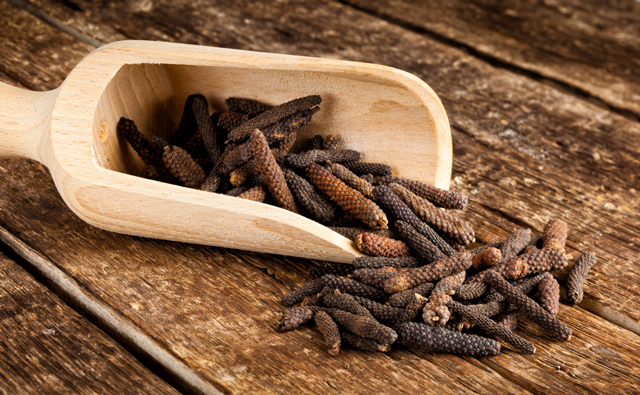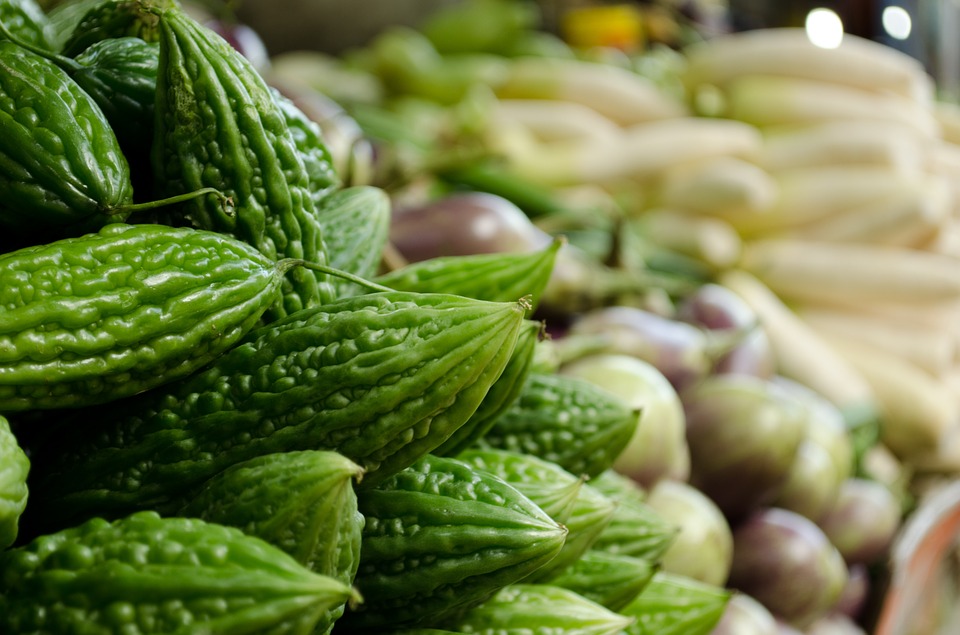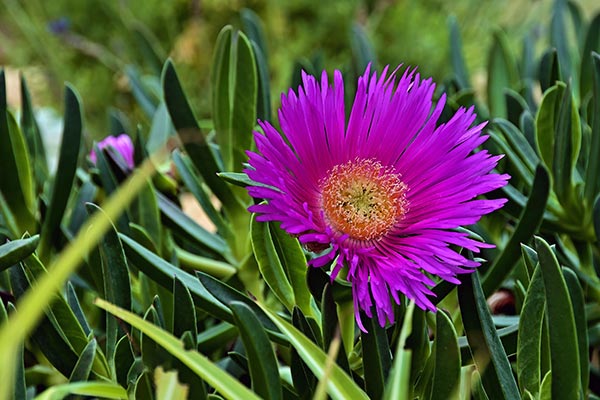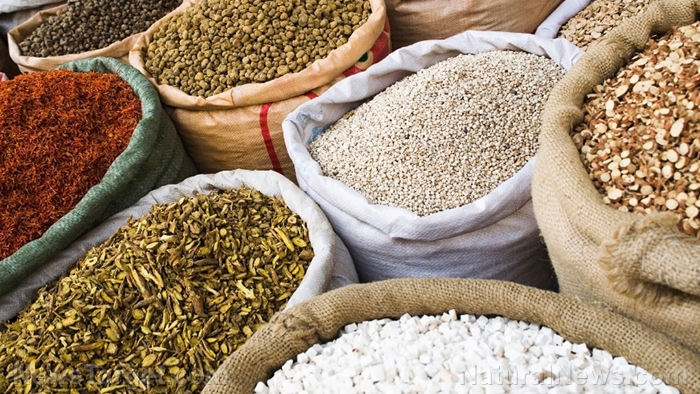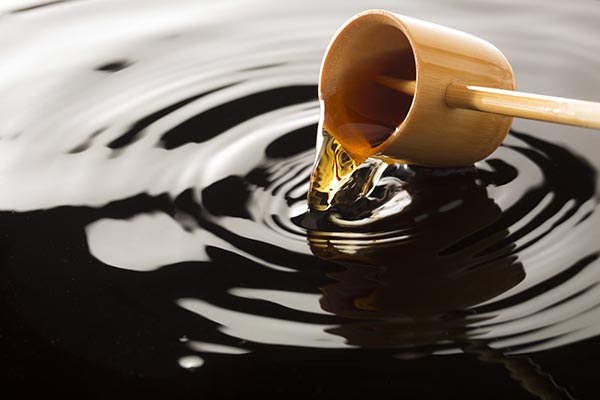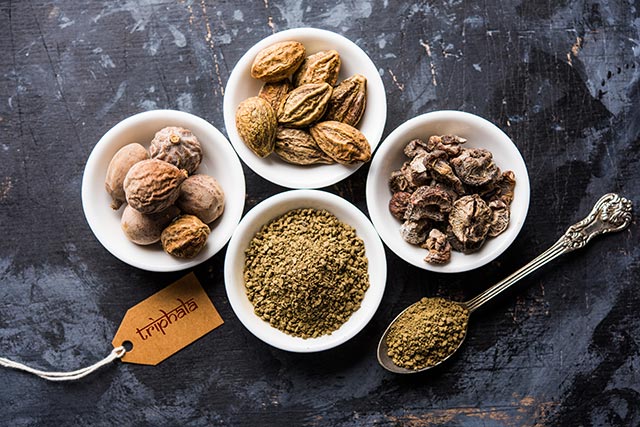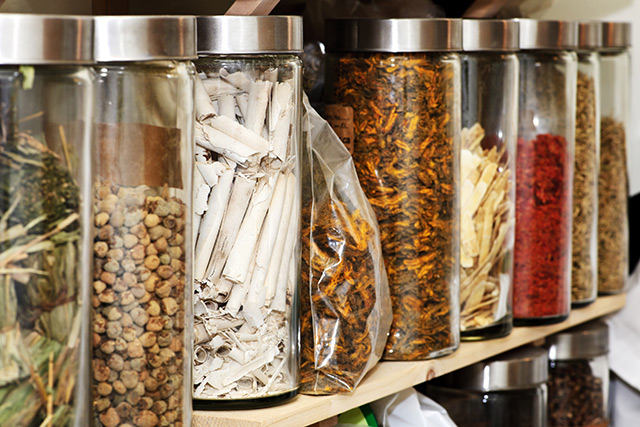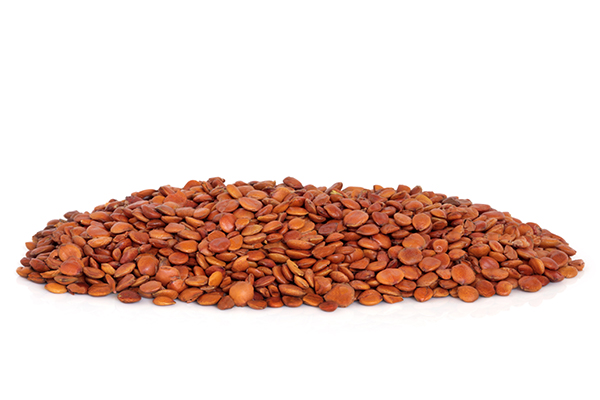Giant milkweed found to be as effective as modern drugs in expelling intestinal parasites
10/06/2020 / By Evangelyn Rodriguez
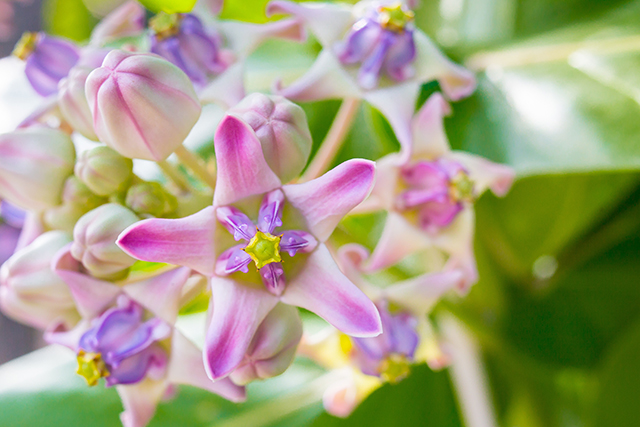
The large flowering shrub known as crown flower or giant milkweed (Calotropis gigantea) is a medicinal plant native to Southeast Asia. It was later introduced to other regions, such as Australia, Central and South America, and Africa as an ornamental plant and as a weed. A drought-tolerant plant that can thrive in dry sands, giant milkweed is cultivated for the fiber obtained from its stems and for its medicinal uses.
In a recent study, Indian researchers investigated the phytochemicals present in giant milkweed and whether the plant has anthelmintic (anti-parasitic) activities. They tested extracts derived from the leaves of giant milkweed on Pheretima posthuma (Indian earthworms), which are commonly used as a model of soil-transmitted helminths.
The researchers reported their findings in an article published in The Journal of Phytopharmacology.
Giant milkweed is a promising alternative to synthetic anthelmintic medications
Since ancient times, giant milkweed has been used to treat a wide variety of health problems, from minor ailments like toothache, ear pain, boils and blisters to more serious conditions like diabetes, cholera, snake bites and sexually transmitted diseases. The root of giant milkweed is also said to be an effective remedy for piles, tumors, wounds, dysentery and parasitic infections.
Different types of worms are known to burrow through internal organs and cause helminthiasis, a macroparasitic disease that affects both animals and humans. These parasitic worms enter the body either through contaminated soil or via foods contaminated with the eggs or larvae of helminths (worm-like parasites). Helminthic infections are some of the most widespread infections in humans.
According to the World Health Organization, all medications currently used to treat helminthiasis are synthetic drugs. While the agency considers them effective and inexpensive, these medications are known to cause undesirable side effects, such as headaches, increased sensitivity to light, confusion, fever, nausea, stomach pain and temporary hair loss. These side effects make a helminthic infection an even greater health hazard.
Fortunately, many plants, like Ficus benghalensis (banyan) and Alpinia nigra (black galangal), are sources of compounds with potent anthelmintic activities. In search of a natural alternative to modern anthelmintic medications, the researchers obtained various extracts from giant milkweed leaves using different solvents to assess their anthelmintic properties. They first screened the extracts for their phytochemical content before testing them on Indian earthworms.
The researchers found that the methanol extract showed almost comparable anthelmintic activity to the anti-worm medication, albendazole. They also found that giant milkweed leaves contain plenty of active components, such as alkaloids, glycolides, coumarins, saponins and anthroquinones. These compounds are known for having a variety of biological properties, including antiparasitic activities.
Based on these findings, the researchers concluded that giant milkweed is a natural anthelmintic agent that can be used as an alternative to modern medications.
Other medicinal uses of giant milkweed
The central part of the giant milkweed flower is its only edible part and is often candied and used as sweetmeat. Its other parts, on the other hand, are used for various medicinal applications. (Related: Crown flower found to promote the growth of nerve tissue in the brain.)
Research suggests that the plant’s milky sap coagulates when warmed and has a similar effect on the heart as the foxglove plant (Digitalis purpurea). It can also be used to clean wounds, induce vomiting, stop bleeding and increase bowel movement, among other things. Some other notable medicinal uses of giant milkweed sap are as a treatment for leprosy, rheumatism, ringworm, dental caries and scabies.
Meanwhile, the bark of giant milkweed is traditionally used as a medicine for neurodermatitis — a skin condition characterized by chronic itching and scaling — and syphilis. It is also a remedy for diarrhea, dysentery, spleen complaints, pneumonia and lower back pain.
When infused, the leaves of giant milkweed can be used to treat acute bronchitis and heart conditions. When dried and burned, the leaves produce smoke that is believed to calm asthma attacks. The crushed leaves of giant milkweed are also used to make a poultice for sores, burns headaches and rheumatic pain. Its leaf juice, on the other hand, can help with intermittent fevers.
Giant milkweed is a traditional medicine that can be used for a variety of ailments. Rich in phytonutrients that give it many beneficial properties, giant milkweed is a great (and safe) alternative to anti-worm medications. Learn how to grow medicinally useful plants like giant milkweed in your garden at GrowYourMedicine.com.
Sources include:
PhytopharmaJournal.com [PDF]
Tagged Under: alternative medicine, anthelmintic, disease treatments, giant milkweed, helminthiasis, herbal medicine, Herbs, natural cures, natural medicine, parasitic infections, parasitic worms, phytonutrients, plant medicine, remedies, research
RECENT NEWS & ARTICLES
COPYRIGHT © 2017 NATURAL CURES NEWS

